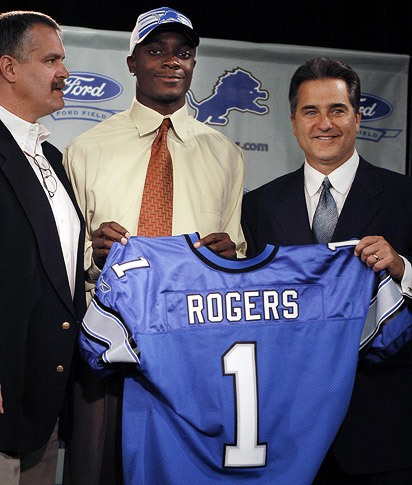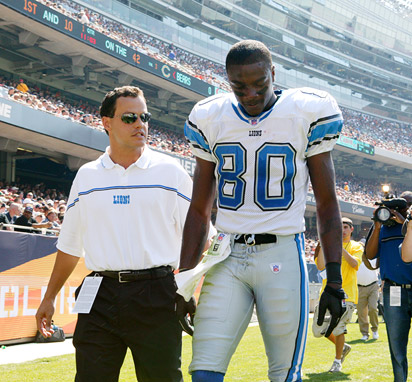
Viewing college sports has been an American pastime for
decades. Many regard college sports as the purest form of athletics, because
without all of the contracts, bonuses and payouts, the athletes are allowed to
focus on the heart of the game, competition. It is true that television
coverage of men and women's athletics is increasing through NCAA. It is also true that watching men's college
events on television is significantly more popular and receives double the
coverage than women's. But right now, the NCAA is currently in a legal battle
that could change the very face of college athletics, and ultimately lose that
special competitive spirit that student athletes are known for. The O'Bannon
vs. NCAA licensing case has been an ever-growing thorn in the NCAA's foot since
2009. Ed O'Bannon, a former Cincinnati student athlete, was one of the first to
file this lawsuit stating that his likeness had been used in commercial, video
games, promotions and other footage without his consent. To Ed O'Bannon and
others, "The plaintiffs argued that the NCAA violated antitrust law by
failing to compensate former student athletes for using their likeness in a
variety of forms." (Landes, Baran). As the thorn grew, so did the the
number of people involved on the case. The still ongoing case more recently had
begun to include current college athletes in the same violations. If the NCAA
loses the case, set for early 2014, it would mean that students athletes are
now going to be individually compensated for media income the NCAA receives
through television, video games, etc. Current athletes would not be paid during
their time in college, but athletes would receive a trust fund after their
college years for compensation. All funds to athletes wouldn't be equally
divided either. It would depend on the revenue the department brings in. Ever
since the activation of the Amendment Title IX in 1972, Women's athletics has
been thriving in the NCAA with exponential growth, but this licensing case
could prove to be the most disastrous for female student athletes in the NCAA.

How would gender affect the NCAA if this case brings the financial change it is looking for? Because gender plays a big role in Media and the NCAA, I believe the women's athletic program would suffer greatly from this change in more than one way. The money coming to the athletes would come directly from the revenue of college athletic departments, creating a smaller budget for their programs. If this new compensation for NCAA players takes effect, the two major compensations would come from television and video games, bringing a huge disadvantage for females in the NCAA. The O'bannon v. NCAA article states, “the appropriate allocation of broadcast and video revenue between student athletes and athletic departments is 50-50, while video game revenue is split 2 to 1 in favor of athletic departments" (Landes,Baran ). Given that men's sports generate much more air time on television, it would mean that their ratings and popularity would bring in more revenue than women's sports. While the video games industry is big business, it does not seem likely that women's sports would benefit from it at all. NCAA video games only target male consumers, with males always on the cover. All of this money now going to athletes has to come from somewhere and it does the athletic departments. "It all comes down to who brings in the big bucks, and who doesn't. Women's sports are a drain on almost all athletic department budgets" (CSNBBS.com). The money needed then could be even harder to find to fund women's programs because due to being not as popular, money just wouldn't come their way. Consumer Popularity would matter greatly in the funds athletic departments receive, and women's sports revenues don't nearly equal the men's. I'm sure if this happens to the NCAA, Women could also just plain lose interest in sports, seeing popular male athletes reap the benefits while the workload would still be equal. Overall, the O'bannon vs. NCAA lawsuit would be the worst possible outcome for women's sports, which right now, is still gaining popularity. If money becomes divided between players and departments, for women, it would be like having the legs sweep right from under them. It would be a slow, crippling blow to the entire NCAA.
Sources
Landes,
Phil. Baran, Peter."O'Bannon v NCAA: Potential Financial Consequences of a
Student- Athlete Trust Fund".Winthropintelligence.com.4.Feb.2013
"O'Bannon
Suit, If NCAA loses, 50% Revenue to all players?"CSNBBS.com. 2. April.2013













